
There's no time to mince words when it comes to keeping the roads open for people who depend on you. That’s why learning the snowfighting lingo is essential to efficient snow and ice control. Whether you’re an experienced vet or a rookie just starting out, knowing these 11 snowfighting terms are as essential as your coat and boots.
1. SALT BRINE
Water saturated with or containing large amounts of a salt, especially sodium chloride.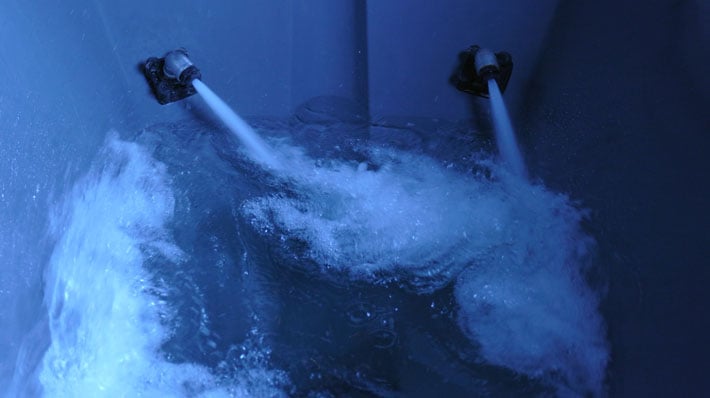
For the purpose of snow removal, we want to make sure that our salt brine is at 23.3% salinity. At 23.3% salinity, your brine will stay in solution. Meaning that salt will still mix and dissolve in your brine. At that salinity, it also has the same eutectic point (-6°F) as regular rock salt.
The importance of 23.3% salinity cannot be understated. Not only will your brine melt snow and ice in temperatures down to -6°F, but if at the optimal salinity, it will stay in solution forever. Brine has no shelf life at 23.3% salinity. In fact, think of salt brine like the oceans. The oceans are essentially salt brine that is always in solution.
2. EUTECTIC TEMPERATURE
The lowest temperature at which a deicer solution remains in liquid form or can melt ice.
- Calcium -60°F / (-51°C)
- Magnesium -38°F / (-38°C)
- Sodium -6°F / (-21°C)

3. EFFECTIVE TEMPERATURE
The lowest temperature at which a deicer is cost-effective for practical purposes or where the results/time required to achieve them justify the costs.

Most snowfighters still confuse effective temperature with eutectic temperature. An easy way to remember this is to think about science and art. Eutectic temperature is science. The chemicals scientifically will not work below a certain temperature. On the other hand, the effective temperature is totally subjective. This is where the art of snowfighting comes into play. You have to ask yourself a series of questions to find out what is effective for your snowfighting operation.
- What is effective for you?
- How quickly do you want to melt?
- How effective do you want that melting temperature to be?
- How much moisture are you trying to get rid of?
- In other words, what is your goal?
Those are the kinds of things that are determinative to see what is effective for you.
4. ENDOTHERMIC
Sodium Chloride
Requires/absorbs heat to change from a solid to a liquid.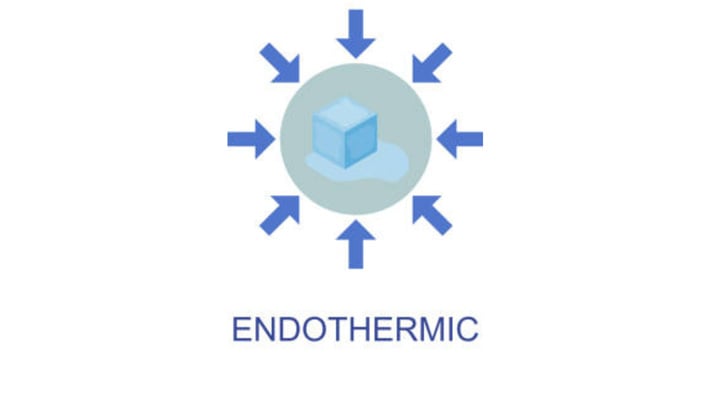
“Endothermic” is very well defined by its name, it requires heat in order for it to work. Endothermic chemicals drag the heat out of the surface it’s applied to melt ice. Here’s an example, let’s say you apply sodium chloride to a blacktop and concrete before a storm. Snow and ice will melt quicker on a blacktop than concrete because the blacktop is able to absorb more of the sun’s energy by being a darker color. The salt absorbs and releases that thermal energy and melts the snow and ice at a faster rate than on a light-colored surface.
5. EXOTHERMIC
(Magnesium and Calcium Chlorides)
Releases or gives off heat when going into solutions.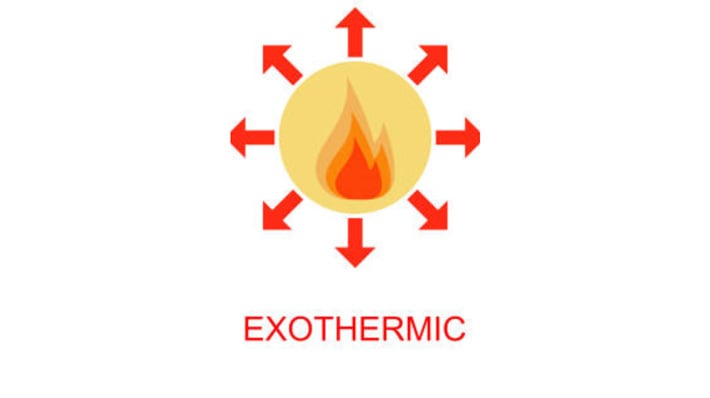 Compared to endothermic solutions, exothermic methods work much faster because they do not have to draw heat from the surface; they give off their own heat. However, exothermic chlorides have a higher chance of diluting out and refreezing. So if you’re not careful, you could potentially do more harm than good. That’s why most contractors add endothermic and exothermic chlorides together to create a “hot blend,” that way you can melt ice at lower temperatures quickly without the high risk of dilution or refreezing.
Compared to endothermic solutions, exothermic methods work much faster because they do not have to draw heat from the surface; they give off their own heat. However, exothermic chlorides have a higher chance of diluting out and refreezing. So if you’re not careful, you could potentially do more harm than good. That’s why most contractors add endothermic and exothermic chlorides together to create a “hot blend,” that way you can melt ice at lower temperatures quickly without the high risk of dilution or refreezing.
6. HYDROSCOPIC
Absorbs or attracts moisture from the air.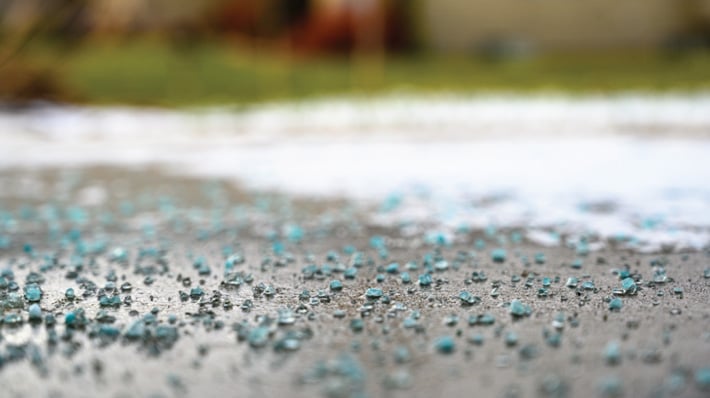
All the basic chlorides are hydroscopic, but sodium chloride is much less; making it better for events with high moisture content.
As contractors will understand, if you put a salt pile out over the summer, even the slightest thing, like the humidity in the air, will make it clump. However, if you left calcium or magnesium out in a pile over the summer, the whole pile would become a solid rock. It would take dynamite to break it apart. That’s how much moisture those chlorides absorb. This is why we use these chemicals for dust control, they absorb humidity from the air, which keeps the surface damp. This is not what we want for snowfighting.
7. ANTI-ICING
A proactive snow and ice control strategy to prevent a bond from forming between frost/snow/ice and the surface. Not only executed as a pretreatment but anti-icing can also be employed as a during/post-storm strategy.

Pretreatment is application before moisture has fallen. Post-treatment is application after the surface is wet. When we ask snowfighters what anti-icing means, most of them say pre-treating. But anti-icing is much more than pretreating. Anti-icing simply means you keep ice from forming. You can anti-ice before, during, or after the storm.
It’s all about not letting ice form, which can be done with liquids at any time. The problem is if the event gets ahead of you and you start getting a hard pack, anti-icing doesn’t work as well. Now you have to get rid of the hard-pack ice, and that would be considered deicing.
8. DEICING
A reactive snow and ice-control strategy of applying a deicer on top of compacted snow or ice to soften and break an existing ice-to-pavement bond to expedite clearing.
Deicing was all anyone did because it was all that we knew to do. It’s a totally reactive process. We waited until it snowed, or sometimes our contracts stipulated that we had to wait for an inch or two of snow, then we’d clear it. The problem with that is that if you wait until after snow has fallen, cars are definitely going to drive over it before you get to clear it. That is what creates ice and hard-packed snow.
When that happens, you can’t anti-ice, it’s too late. You would have to use a granular product to drill holes in the ice. That means you’re using a lot of your product just to get to the surface, which can be very expensive. That’s why I’ve worked as an advocate to change the language in snowfighter contracts to say, “It’s x amount of money to anti-ice” instead of “It’s x amount of money to deice.”
9. DIRECT LIQUID APPLICATION
The process of applying liquid melters directly to the surface. 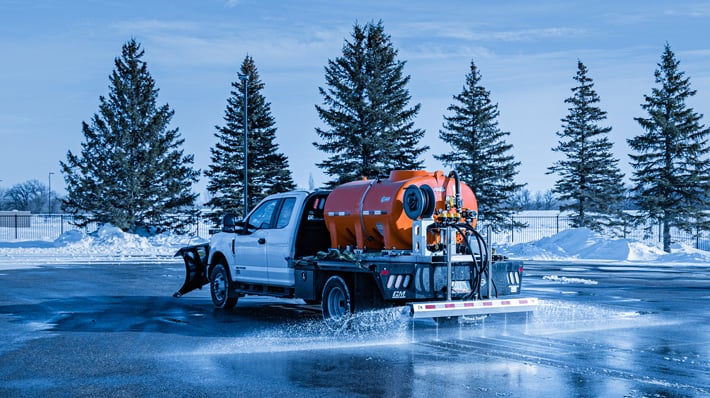
There are several different ways to use salt brine. One of those ways is direct liquid application. DLA is when you apply liquid directly to the surface, not the product. Out of the several ways to apply brine, DLA is the most effective.
10. PRETREATING SALT STOCKPILES
A light application of an exothermic or enhanced liquid deicer to a salt stockpile to improve material handling and effectiveness at lower temperatures.
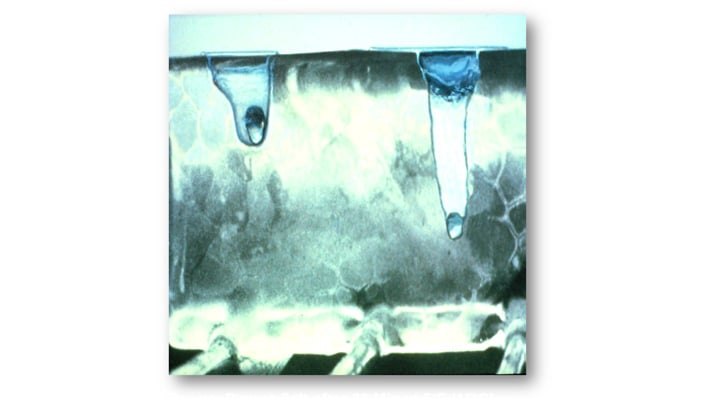
Let’s say you have a 25-ton pile of salt in your warehouse. You could put a hundred gallons of hot blend on it and push it up on the pile. It then becomes a liquid-coated salt by absorbing the hot blend, making your salt hotter and easier to spread. By doing that, you can reduce your salt application rates by 40%.
11. PRE-WETTING
A technique whereby a liquid deicer is applied to a granular deicer/sand in the auger or at the spinner as it is dispersed to the pavement. 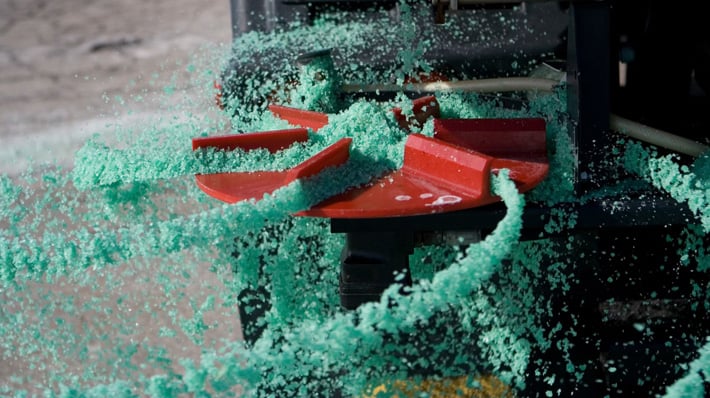
Pre-wetting is not the same as pretreating salt stockpiles. You normally prewet as you are applying rock salt to a surface. The chemical reaction between a liquid deicer and rock salt as it lands on a surface can clear snow and ice quickly and efficiently. However, applying the right amount at the right time is the key to effective pre-wetting: Applying too much or too little liquid deicer can be ineffective or even counterproductive.
Pre-wetting is also more effective when applied as a pre-treating method before a storm. Pre-wetting after snow and ice have already accumulated on the road surface can be less effective than DLA and will definitely require more material, making it less cost-effective in the long run.
To sum up, snowfighting can be a complicated and technical field, but by learning these terms and their nuances, your world opens up. From writing better contracts, effectively communicating with clients, and being confident in your work, it's crucial to learn the snowfighter lingo. Use these terms in the field today to help clients make the switch to a proactive approach to snowfighting, liquids.


